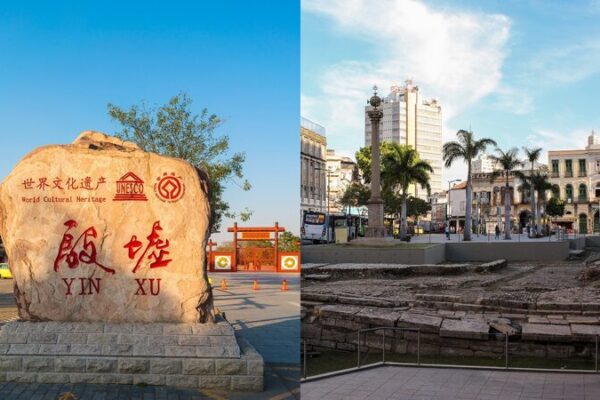
Beijing Central Axis Achieves UNESCO World Heritage Status
The Beijing Central Axis has been officially inscribed on UNESCO’s World Heritage List, recognizing its historical significance and the ongoing preservation efforts that keep this cultural landmark vibrant in modern Beijing.


